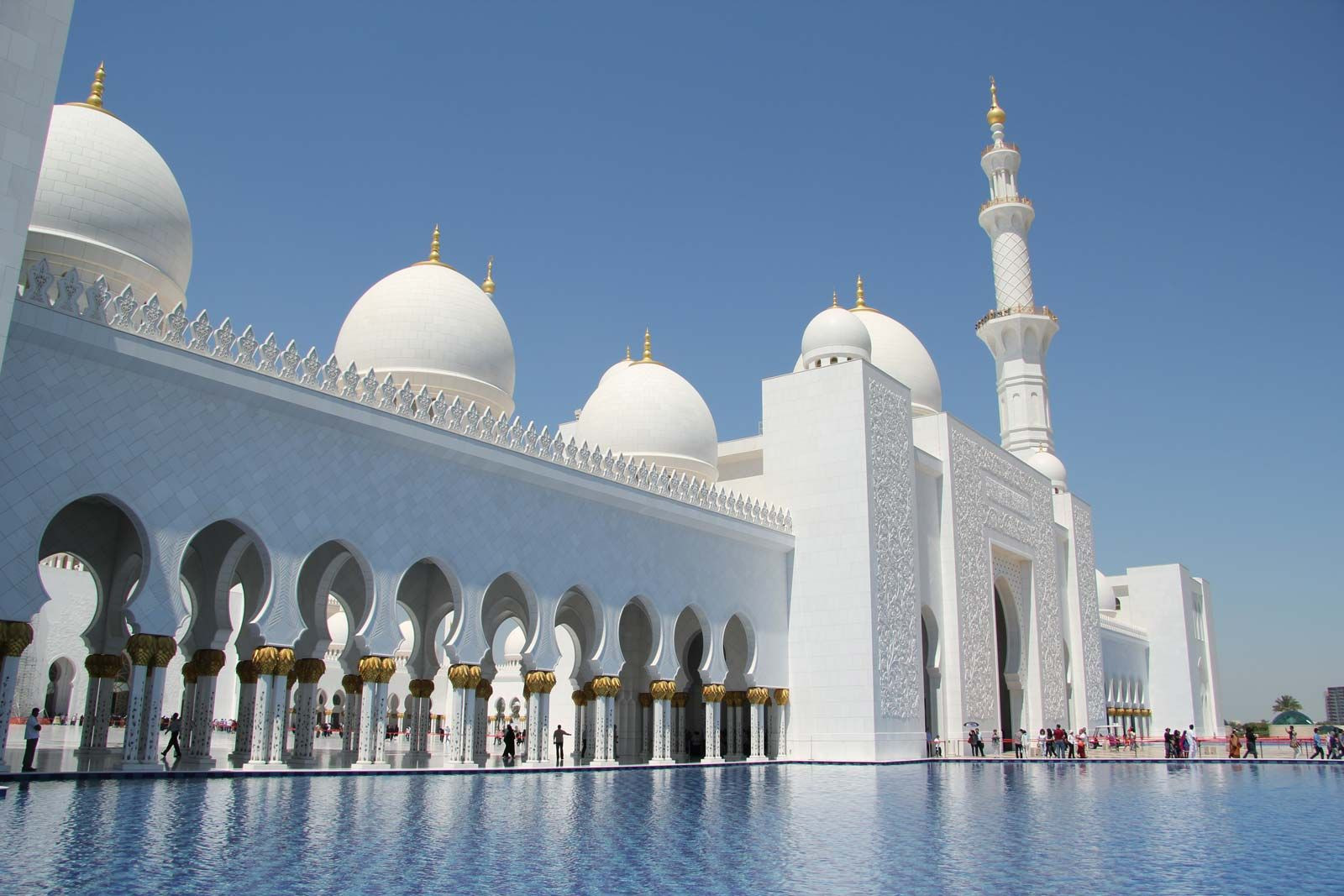Abu Dhabi, the sprawling capital city of the United Arab Emirates and the emirate of the same name, stands as a testament to rapid transformation and strategic growth. Situated on a triangular island just off the coast of the Persian Gulf, this metropolis is seamlessly connected to the mainland, marking its prominent location within the UAE. Once a lesser-known settlement, Abu Dhabi’s trajectory shifted dramatically with the advent of oil revenues, propelling it into a modern urban center boasting a comprehensive and advanced infrastructure.
Early Beginnings and Transformation
Prior to 1761, the area now known as Abu Dhabi was largely uninhabited. Its history began to take shape when tribes from the Al Bu Falah clan, part of the Bani Yas confederation and the ancestral rulers of Abu Dhabi, established a settlement there. By 1795, Abu Dhabi had grown sufficiently in importance to become the new headquarters for the ruling clan, who relocated from the inland Liwa Oasis to this strategic coastal location. Throughout the 19th and early 20th centuries, despite its status as a capital of a significant sheikhdom on the Trucial Coast, Abu Dhabi was overshadowed in terms of trade and economic influence by neighboring Dubai and Sharjah. At the dawn of the 20th century, Abu Dhabi’s population was estimated at around 6,000 inhabitants. The local economy was primarily sustained by pearl diving in the rich waters offshore and some trade activities, largely managed by Iranian and Indian merchants. However, the pearling industry faced a steep decline with the rise of Japanese cultured pearls and the global economic depression of 1929.
The Oil Revolution and Modernization
The year 1958 marked a turning point with the discovery of substantial oil reserves in the Abu Dhabi emirate. Commercial production began in 1962, revolutionizing the city’s political and economic standing. Recognizing Abu Dhabi’s burgeoning importance, Great Britain, then the protector of the Trucial States, established a separate Political Agency in Abu Dhabi in 1961, previously under the purview of the political agent in Dubai. As the capital of a key oil-producing state, Abu Dhabi gained access to significant funds for urban development. However, initial modernization was gradual due to the conservative policies of Sheikh Shakhbout ibn Sultan Al Nahyan, who reigned from 1928 to 1966.
In 1966, a pivotal change occurred when Sheikh Shakhbout was succeeded by his brother, Sheikh Zayed ibn Sultan Al Nahyan. Sheikh Zayed, previously the governor of the Abu Dhabi-controlled section of the Al-Buraimi oasis, initiated an era of rapid development. He launched extensive infrastructure projects, including a road network emanating from Abu Dhabi city and a seawall along the northern edge of the island. A comprehensive five-year development plan, launched in 1968, thoroughly modernized the city. Essential utilities such as electricity, running water, and a central sewerage system were implemented. Modern government buildings, hotels, housing developments, and an expanded port were constructed. In 1976, an oil refinery on nearby Umm al-Nar Island commenced operations. Abu Dhabi’s international airport was strategically located at the southern end of the island, further enhancing its connectivity. Light industry became concentrated in the Muá¹£affaḥ area, contributing to economic diversification. Motorways were established, linking Abu Dhabi with Dubai to the northeast, Al-Ain oasis to the east, and Qatar to the west, facilitating regional integration and trade.
Abu Dhabi as the UAE Capital
When Britain withdrew from the Persian Gulf and the United Arab Emirates achieved independence in December 1971, Abu Dhabi was chosen as the provisional national capital in a landmark decision. Its status was solidified in the early 1990s when it was officially designated as the permanent capital of the UAE. Since then, Abu Dhabi has seen continuous expansion as a hub for tourism and commerce. Ambitious development initiatives have led to the construction of iconic hotels, the establishment of Etihad Airways as the national airline, and the development of numerous commercial and residential properties. With a population estimated at over 1.2 million in 2015, Abu Dhabi stands as a vibrant and dynamic capital, blending its historical roots with a forward-looking vision.
In conclusion, Abu Dhabi’s journey from a small, unassuming town to the modern capital of the UAE is a remarkable story of strategic location, resourcefulness, and visionary leadership. Its current prominence on the global stage is a direct result of its rich history and continuous development, making it a key destination and a significant city in the Middle East.

